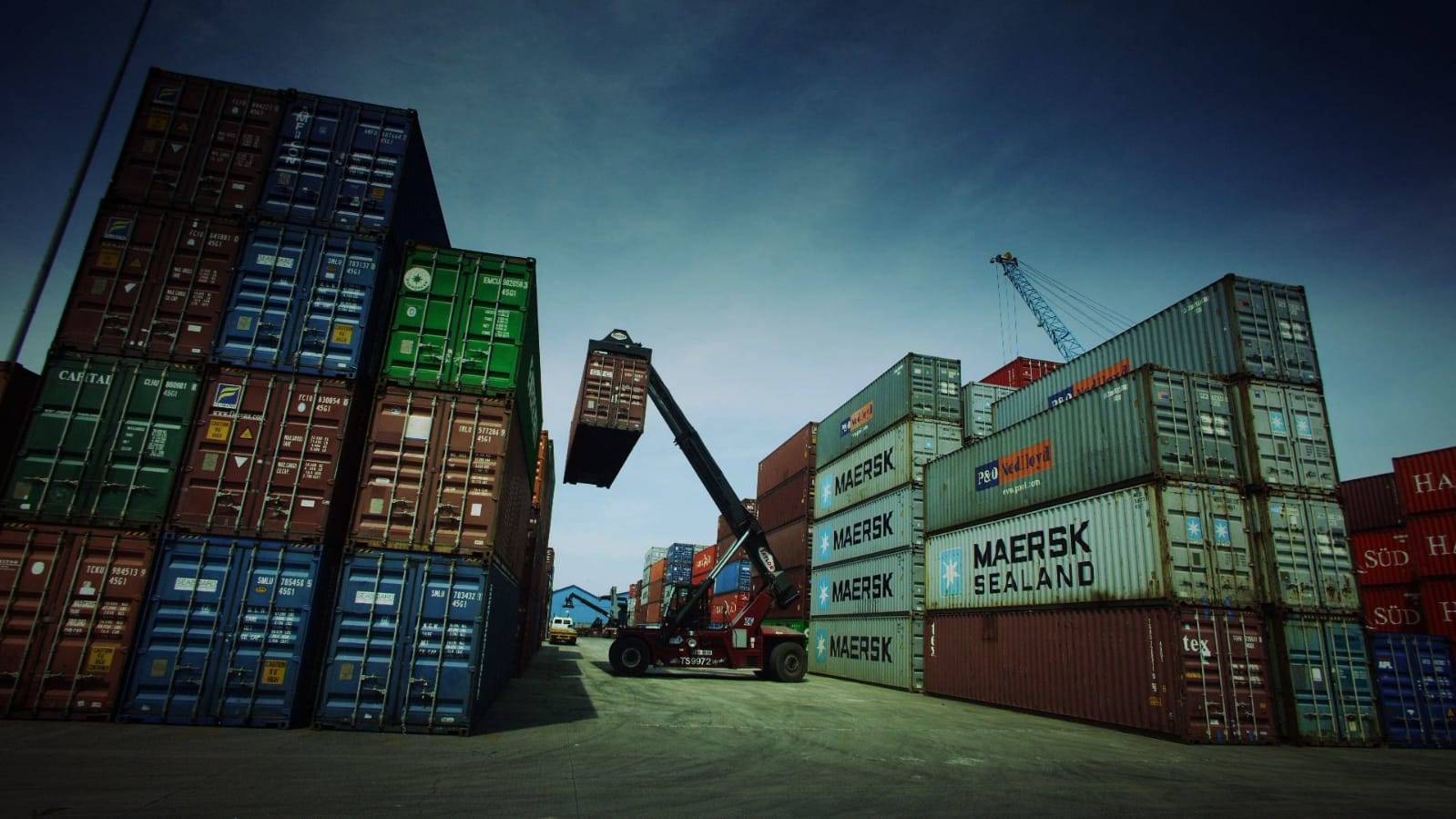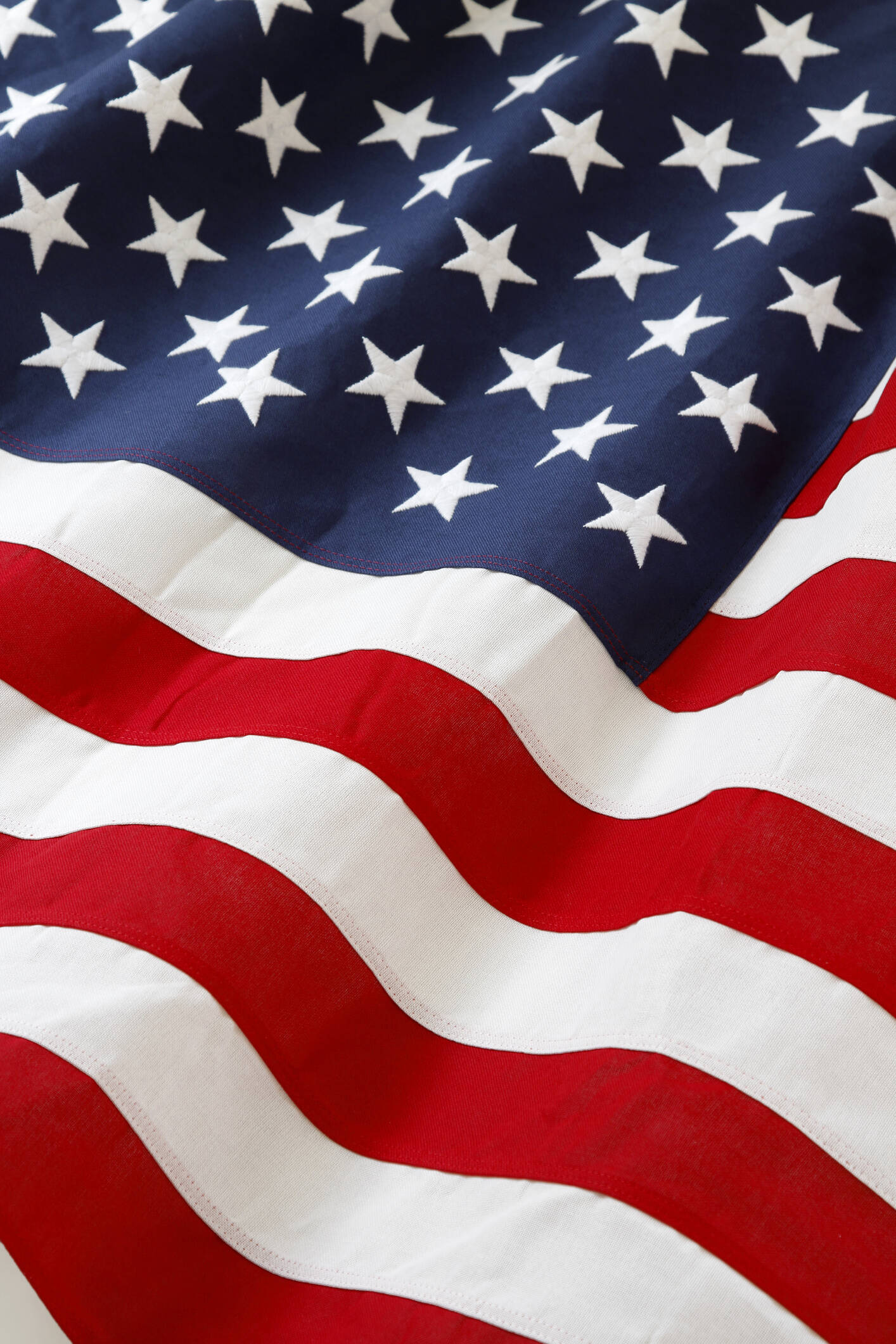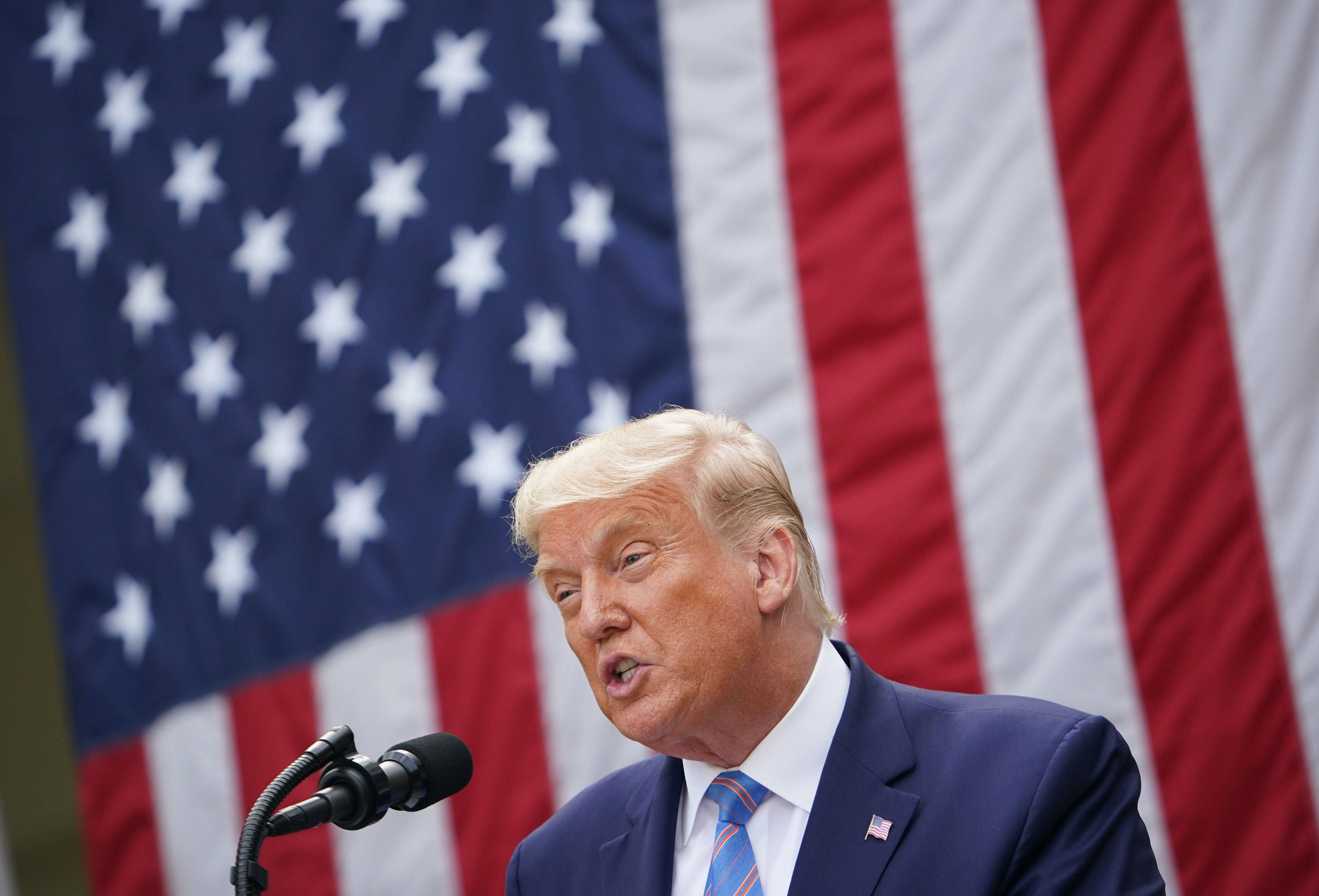Time is running out and the US tariff has yet to be avoided: What is Colombia's strategy?

Colombia is running out of time to negotiate with the United States and avoid the imposition of a 10 percent tariff that would ultimately affect nearly 30 percent of its exports.
The United States is the main destination for Colombian exports, with sales reaching $6.099 billion in the first five months of 2025. This figure represents 29.8 percent of the total exported value of $20.433 billion.
As the 90-day deadline set by President Donald Trump for negotiations expired four days ago, the United States government began sending formal letters notifying countries that failed to reach bilateral agreements of the imposition of tariffs .
Colombia is one of those countries that has failed to negotiate with the United States, but it has not yet received this notification, and the Ministry of Commerce, Industry, and Tourism remains optimistic about the possibility of reaching an agreement.

Photo: Ministry of Transportation
"We continue to monitor the progress of the process with institutional responsibility and full willingness to engage in technical dialogue, in defense of our productive sector and the framework of rules governing the bilateral relationship," said Minister Diana Morales.
However, the president of the Colombian-American Chamber of Commerce (AmCham Colombia), María Claudia Lacouture, believes that, to date, "there has been no evidence of formal, technical, and sustained efforts" by the national government to review, reduce, or eliminate the 10 percent tariff.
We continue to monitor the evolution of the process with institutional responsibility.
"This tariff is not targeted exclusively at Colombia; it applies to more than 130 countries. Without a clear bilateral negotiation strategy, accompanied by verifiable commitments, it is unlikely that Colombia will be excluded from this measure," he stated.
However, the minister stated that she has led "a rigorous technical exercise aimed at a structured review of the so-called trade irritants that impact bilateral relations with the United States."
"Trade irritants" relate to scrappage measures, technical regulations, and various sensitive sectors, such as agribusiness and manufacturing.

Photo: iStock
According to the official, this is an inter-institutional and sectoral effort, with the participation of national government entities and the Colombian ambassador to the United States, Daniel García-Peña.
As part of its strategy, the Ministry established a dialogue table with exporting associations and sectors, with whom it held two meetings to " gather their expectations, address their concerns, and jointly build a more robust technical dialogue path , informed by its knowledge of the sector and its direct experience in the markets."
Furthermore, Minister Diana Morales emphasized the importance of starting with this technical review as a strategic step to properly structure any negotiation process with the United States government.
"While we understand that trade negotiations pose challenges, there is full institutional willingness and a clear roadmap to move forward responsibly," he added.
As part of this roadmap, the Ministry of Commerce, Industry, and Tourism is also working on a letter to be sent to the Donald Trump administration no later than Monday, July 14, expressing Colombia's willingness to negotiate and the key points that must be taken into account.
Meanwhile, the president of AmCham Colombia stated that without a clear bilateral negotiation strategy, accompanied by verifiable commitments, it is unlikely that Colombia will be excluded from this 10 percent tariff.

US President Donald Trump. Photo: AFP
Furthermore, he emphasized that sensitive issues persist that require technical attention and institutional continuity to build trust. "As long as progress is not made on these fronts, the risk of further economic repercussions remains," he warned.
If an agreement is not reached and exports to the United States are subject to a 10 percent tax, María Claudia Lacouture asserted that the priority must be to preserve competitive access to the U.S. market through "active, technical, and sustained economic diplomacy."
This involves “ seriously addressing” sensitive issues in the bilateral relationship, anticipating risks , and promoting opportunities for cooperation that strengthen trust.
As long as progress is not made on these fronts, the risk of further economic repercussions remains latent.
At the same time, Colombia must accelerate a comprehensive competitiveness strategy that combines reduced logistics and regulatory costs , improved production efficiency, access to inputs at competitive prices, and investment promotion.
Likewise, Analdex president Javier Díaz believes it is necessary to review how internal costs in logistics, inspections, and transportation can be reduced, while highlighting the possibility of excluding from this tariff those products that are most significant in Colombian exports.
However, "none of this will be enough if institutions are not strengthened and clear signals of trust, stability, and international cooperation are not sent ," commented the president of AmCham Colombia.

Photo: Camilo Jiménez / Supplied by Astrid Medina / EL NUEVO DÍA.
Brazilian President Luiz Inácio Lula da Silva has expressed his willingness to negotiate with the United States on the imposition of a 50 percent tariff, while also considering reciprocal measures.
If an agreement is not reached, a window of competitive opportunity would open for Colombia, especially in sectors where it competes directly with Brazil in the U.S. market.
This is the case with coffee. During the first five months of 2025, Brazil exported $1.34 billion worth of coffee to the United States, while Colombia sold $1.12 billion.
There would also be room for growth in fruit juices, sugarcane, and coffee extracts and essences, because a tariff gap makes Colombian products relatively more attractive in terms of price and access.
eltiempo




